Such a majestic and diverse hornbeam - a photo of a tree and leaves
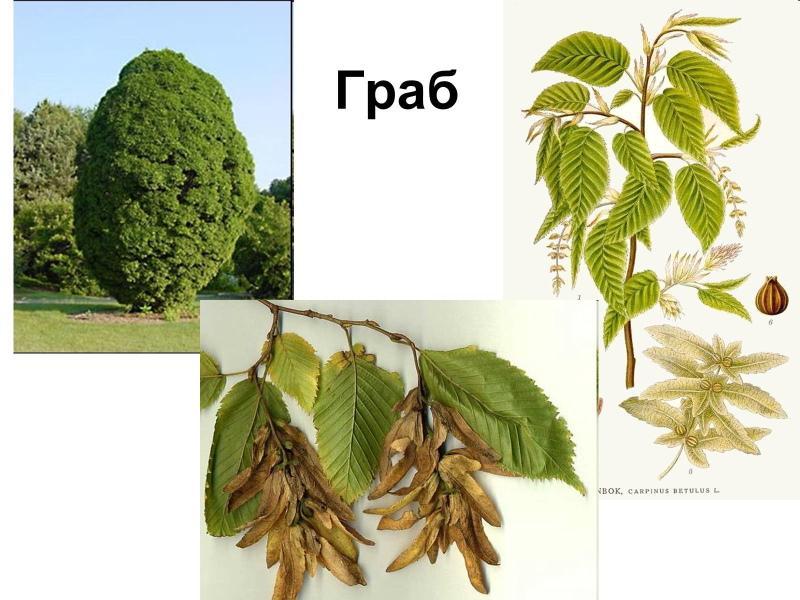 For the northern regions, it is a curiosity, but in the south you can often find a hornbeam, a photo of a tree and leaves of which all landscape designers know. A rather slender trunk holds a luxurious and lush crown, the color of which changes depending on the season. In the spring it pleasantly pleases the eye with delicate greenery, and in the fall it begins to shimmer with golden-purple colors. At the same time, the shape of the crown can be easily changed by pruning, so the hornbeam is rightfully considered an ornamental crop. They decorate city parks, creating bizarre hornbeam alleys.
For the northern regions, it is a curiosity, but in the south you can often find a hornbeam, a photo of a tree and leaves of which all landscape designers know. A rather slender trunk holds a luxurious and lush crown, the color of which changes depending on the season. In the spring it pleasantly pleases the eye with delicate greenery, and in the fall it begins to shimmer with golden-purple colors. At the same time, the shape of the crown can be easily changed by pruning, so the hornbeam is rightfully considered an ornamental crop. They decorate city parks, creating bizarre hornbeam alleys.
Characteristics of culture
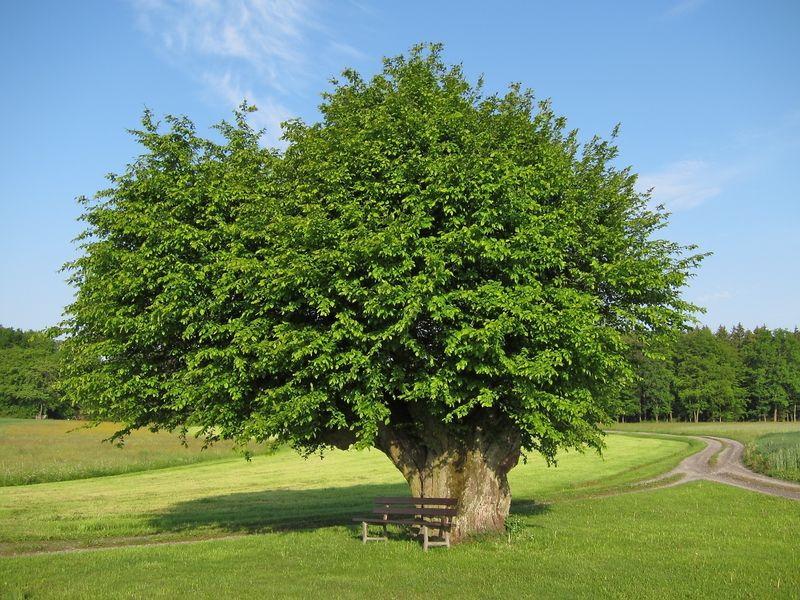 The hornbeam belongs to the birch family and is a deciduous tree. In adulthood, it grows up to 30 m. But most often in our parks there are more compact varieties no more than 6 m tall. Most of them have a natural cylindrical crown shape, widely spread to the sides. At the same time, the trunk diameter does not even reach 0.5 m, which gives the tree an elegant look. The leaves of the hornbeam are a bit like birch leaves. They are elongated in shape, with a pointed tip and most often with a serrated edge. Below the leaf plate is covered with a delicate short nap, and on top it is decorated with frequent veins and folded like an accordion.
The hornbeam belongs to the birch family and is a deciduous tree. In adulthood, it grows up to 30 m. But most often in our parks there are more compact varieties no more than 6 m tall. Most of them have a natural cylindrical crown shape, widely spread to the sides. At the same time, the trunk diameter does not even reach 0.5 m, which gives the tree an elegant look. The leaves of the hornbeam are a bit like birch leaves. They are elongated in shape, with a pointed tip and most often with a serrated edge. Below the leaf plate is covered with a delicate short nap, and on top it is decorated with frequent veins and folded like an accordion.
Hornbeam does not grow very quickly, and the first flowering occurs only at the age of 15 years. Graceful earrings appear in spring and look like inverted spikelets. By autumn, small brown nuts ripen in their place. The culture is referred to as long-livers, because in one place it can grow up to 300 years.
Interestingly, there are both male and female flowers on the branches, and they can be distinguished by their length. If the male maximum is 6 cm, then the female is twice as long.
Hornbeam - a photo of a tree and leaves, depending on the species
On the territory of our homeland, hornbeam can only be found in warm southern regions, since it does not survive in cold winters. It grows in well-lit places, away from acidic and swampy soils.
In total, there are about fifty varieties of culture, among which the most popular types of hornbeam are:
- European is one of the tallest species up to 30 m high. It has a cylindrical crown, a ribbed trunk with grayish bark and thin branches. The leaves are rounded, slightly elongated towards the tip.
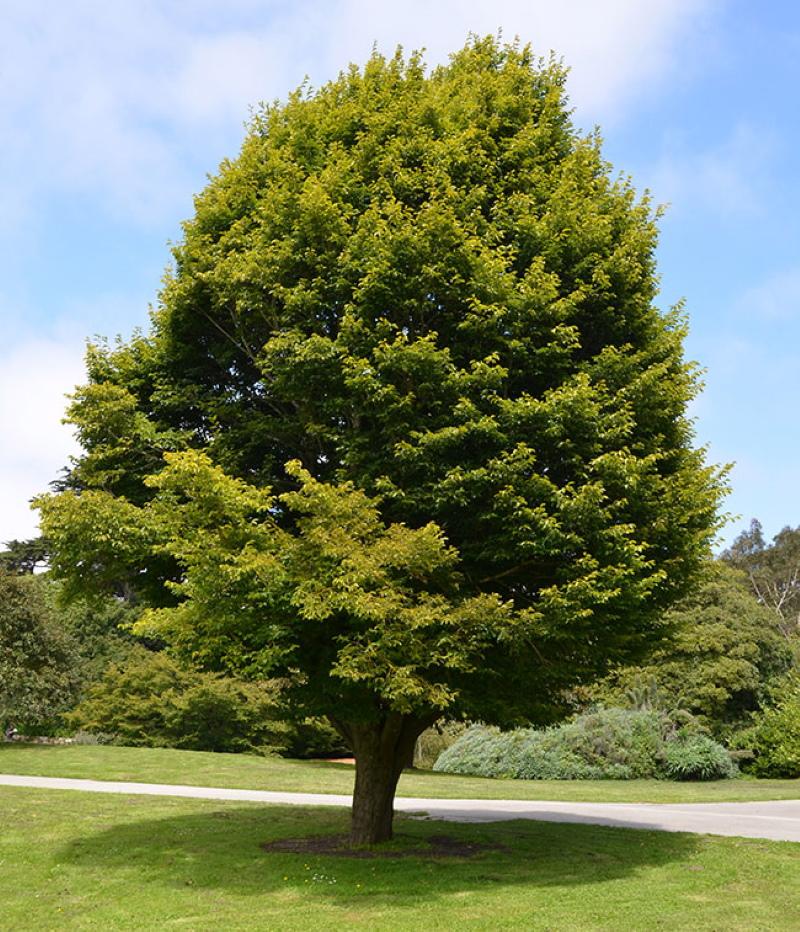
- Black, aka oriental. A tree no more than 8 m high with an ovoid crown and a curved trunk. Leaves are oval, green in spring, yellow in autumn.
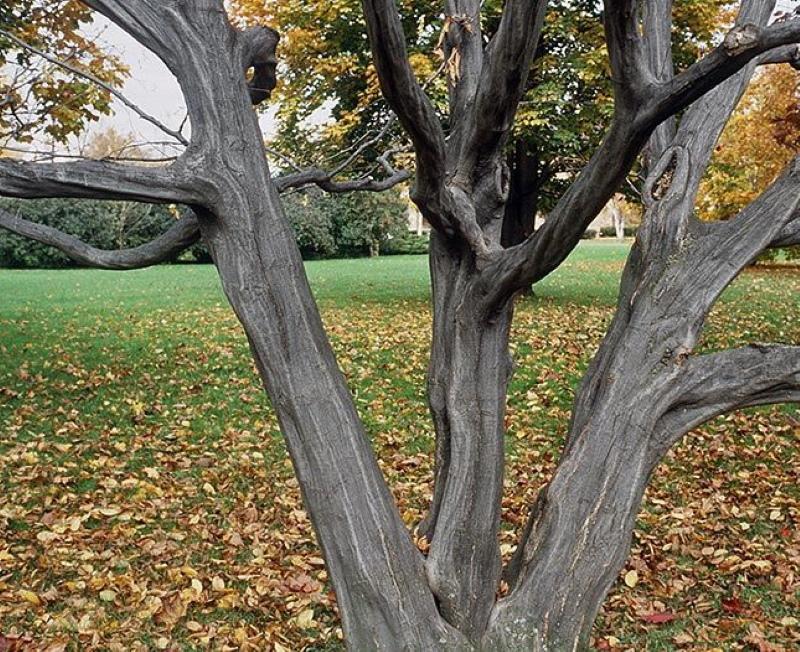
- Caucasian - grows even higher than the European hornbeam by a couple of meters. A characteristic feature of the species is the lighter color of the foliage in the upper part of the crown. As well as smaller fruits.
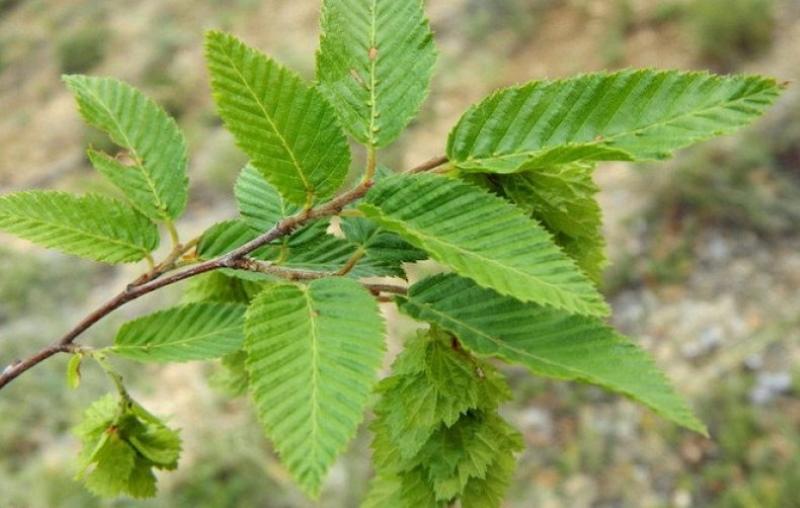
- Karolinsky is a tree or dense shrub up to 12 m high with small blue-green leaves. The bark is smooth, brownish in color.
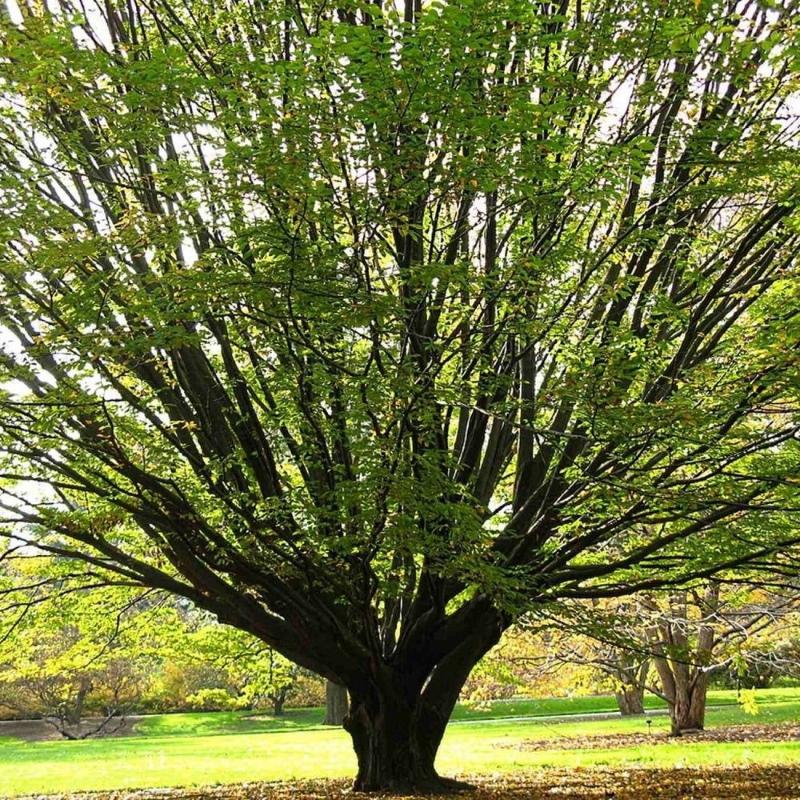
- Heart-leaved, so named for its heart-shaped leaves. The tree itself is also interesting, with a thin, uneven trunk about 25 cm in diameter.
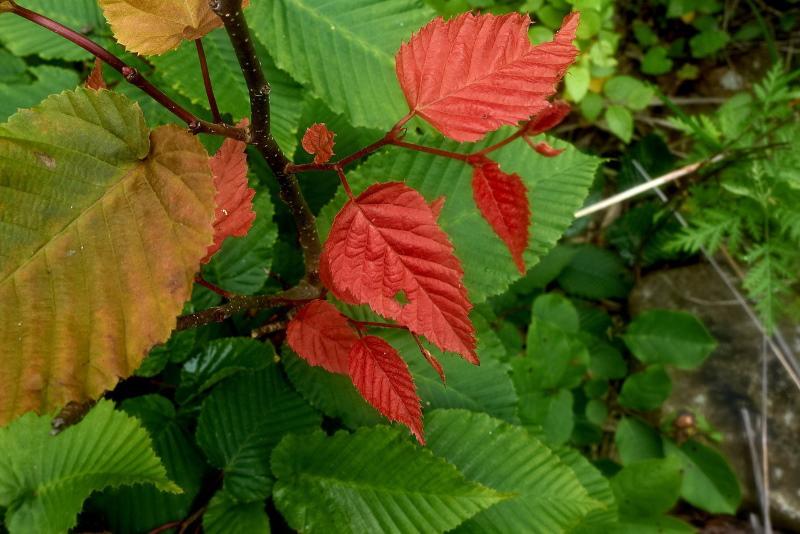
- Turchaninov's hornbeam is a bushy tree no more than 5 m high with small wide leaves covered with a glossy sheen.It has a spherical crown that can be easily formed. And also this species constantly changes the color of the leaves, from bronze to green and orange.
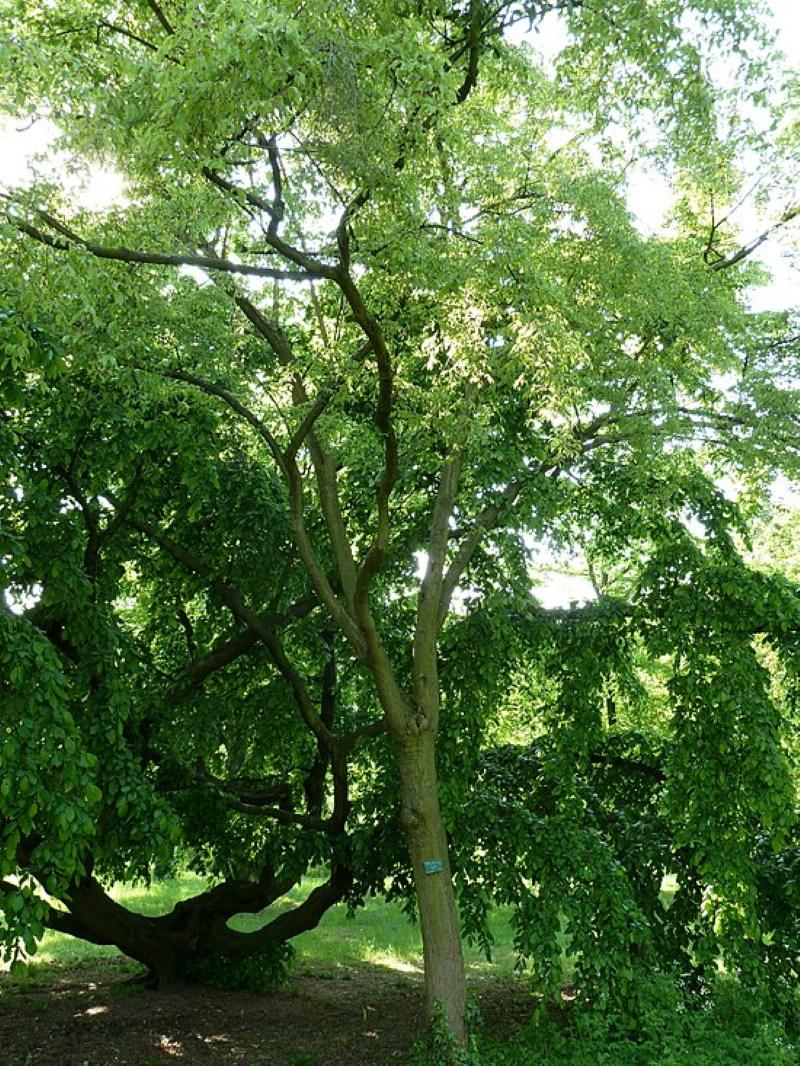
- Virginsky is a shrub up to 4 m high with a spreading crown in the shape of a ball.
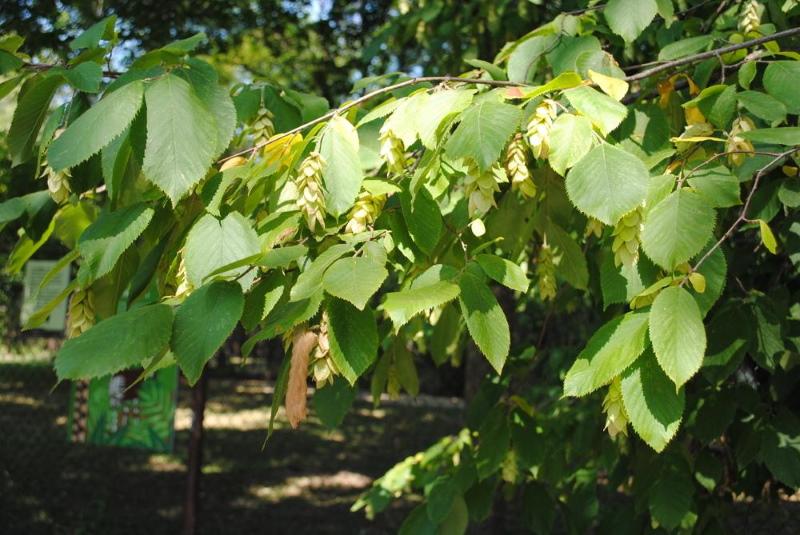
Hornbeam is valued not only for decorativeness - it has durable wood, which, moreover, does not smoke when burning. It is used to make pottery, floor coverings, handles garden tools... Leaves and young twigs are eaten by cattle with pleasure. The leaves and fruits are used to make oil, and the bark is used to tan the hides.
Hornbeam - its features, care and reproduction